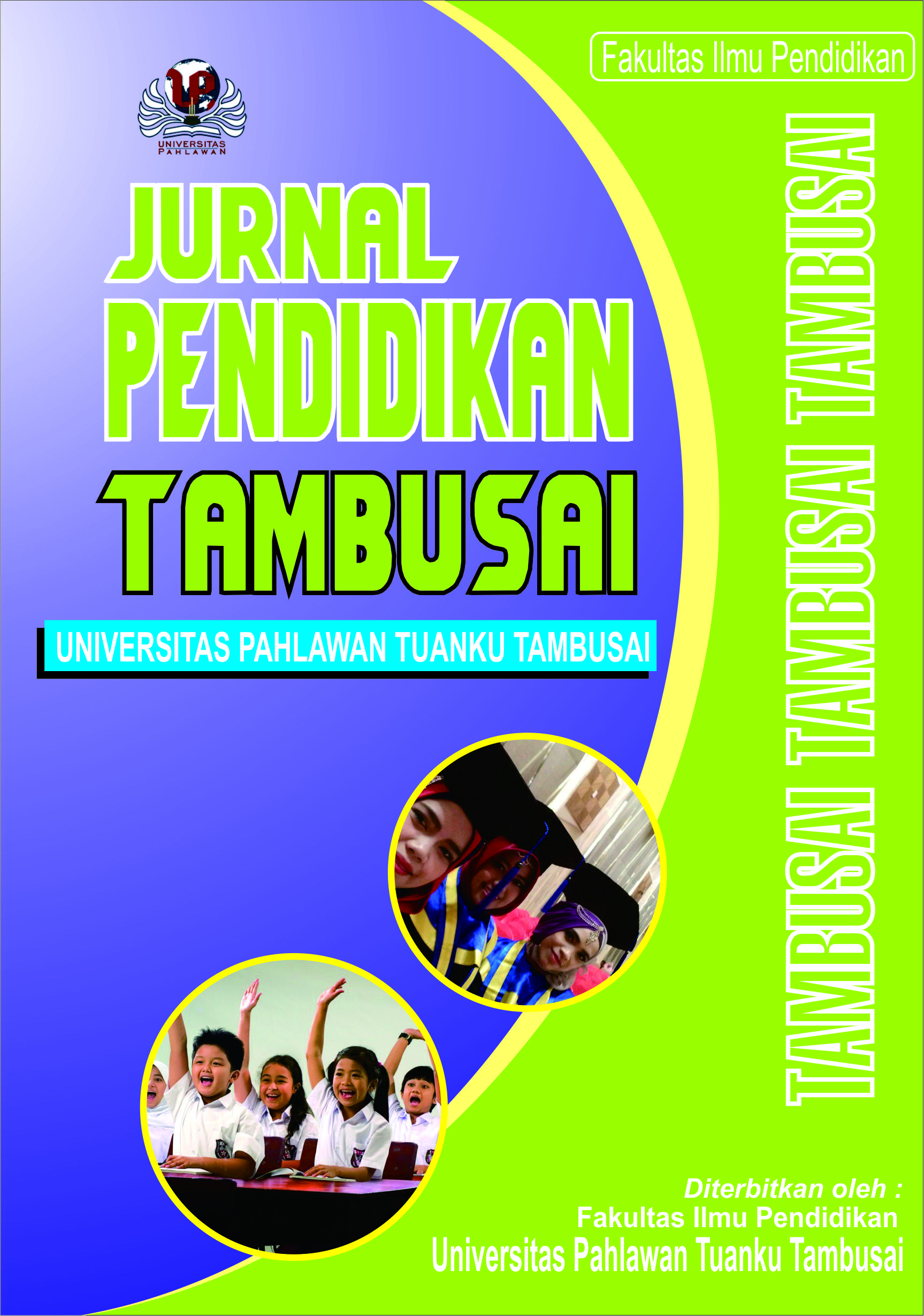Anteseden dan Konsekuensi Consumer Experience Co-Creation pada Coffee Shop
DOI:
https://doi.org/10.31004/jptam.v7i3.11508Keywords:
Partisipasi Aktif, Berbagi Pengalaman, Kreasi Bersama Pengalaman Konsumen, Kesenangan KonsumenAbstract
References
Agarwal, R., Mehrotra, A. and Misra, D. (2022), “Customer happiness as a function of perceived loyalty program benefits - a quantile regression approach”, Journal of Retailing and Consumer Services, Vol. 64, pp. 1-11.
Brakus, J.J., Schmitt, B.H. and Zarantonello, L. (2009), “Brand experience: what is it? How is it measured? Does it affect loyalty?”, Journal of Marketing, Vol. 73 No. 3, pp. 52-68.
Buonincontri, P., Morvillo, A., Okumus, F. and van Niekerk, M. (2017), “Managing the experience co-creation process in tourism destinations: empirical findings from Naples”, Tourism Management, Vol. 62, pp. 264- 277.
Carter, T.J. and Gilovich, T. (2010), “The relative relativity of material and experiential purchases”, Journal of Personality and Social Psychology, Vol. 98 No. 1, p. 146.
Chaouali, W., Lunardo, R., Ben Yahia, I., Cyr, D. and Triki, A. (2020), “Design aesthetics as drivers of value in mobile banking: does customer happiness matter?”, International Journal of Bank Marketing, Vol. 38 No. 1, pp. 219-241.
Chuang, S.-H. (2020), “Co-creating social media agility to build strong customerfirm relationships”, Industrial Marketing Management, Vol. 84, pp. 202- 211.
Diener, E. (2009), “Subjective well-being”, The Science of Well-Being, pp. 11-58.
Dion, D. dan Borraz, S. (2017), “Mengelola status: bagaimana merek mewah membentuk subjektivitas kelas dalam pertemuan layanan”, Jurnal Pemasaran, Jil. 81 No. 5, hlm. 67-85.
Grissemann, U.S. and Stokburger-Sauer, N.E. (2012), “Customer co-creation of travel services: the role of company support and customer satisfaction with the co-creation performance”, Tourism Management, Vol. 33 No. 6, pp. 1483-1492.
Hsieh, Y.-C., Chiu, H.-C., Tang, Y.-C. and Lin, W.-Y. (2018), “Does raising value co-creation increase all customers’ happiness?”, Journal of Business Ethics, Vol. 152 No. 4, pp. 1053-1067.
Kang, J., Tang, L. dan Fiore, AM (2014), “Meningkatkan hubungan konsumenmerek di restoran Halaman penggemar Facebook: memaksimalkan manfaat konsumen dan meningkatkan partisipasi aktif”, Jurnal Internasional Manajemen Perhotelan, Jil. 36, hal.145-155.
Lambert, N.M., Gwinn, A.M., Baumeister, R.F., Strachman, A., Washburn, I.J., Gable, S.L. and Fincham, F.D. (2013), “A boost of positive affect: the perks of sharing positive experiences”, Journal of Social and Personal Relationships, Vol. 30 No. 1, pp. 24-43.
Laroche, M., Habibi, M.R., Richard, M.-O. and Sankaranarayanan, R. (2012), “The effects of social media based brand communities on brand community markers, value creation practices, brand trust and brand loyalty”, Computers in Human Behavior, Vol. 28 No. 5, pp. 1755-1767.
Meeprom, S. and Silanoi, T. (2020), “Investigating the perceived quality of a special event and its influence on perceived value and behavioural intentions in a special event in Thailand”, International Journal of Event and Festival Management, Vol. 11 No. 3, pp. 337-355.
Nasir, M., Adil, M. and Dhamija, A. (2021), “The synergetic effect of after sales service, customersatisfaction, loyalty and repurchase intention on word of mouth”, International Journal of Quality and Service Sciences, Vol. 13 No. 3, pp. 489-505.
Prahalad, C.K. and Ramaswamy, V. (2004), “Co-creation experiences: the next practice in value creation”, Journal of Interactive Marketing, Vol. 18 No. 3, pp. 5-14.
Prebensen, N.K. and Foss, L. (2011), “Coping and co-creating in tourist experiences”, International Journal of Tourism Research, Vol. 13 No. 1, pp. 54-67.
Uma Sekaran dan Roger Bougie. (2017). An easy way to help students learn, collaborate, and grow. www.wileypluslearningspace.com
Vivek, S.D., Beatty, S.E. and Morgan, R.M. (2012), “Customer engagement: exploring customer relationships beyond purchase”, Journal of Marketing Theory and Practice, Vol. 20 No. 2, pp. 122-146.
Yi, Y. and Nataraajan, R. (2018), “Customer satisfaction in Asia”, Psychology and Marketing, Vol. 35 No. 6, pp. 387-391.
Zhou, L., Zhang, P. and Zimmermann, H.-D. (2013), “Social commerce research: an integrated view”, Electronic Commerce Research and Applications, Vol. 12 No. 2, pp. 61-68.
Downloads
Published
How to Cite
Issue
Section
Citation Check
License
Copyright (c) 2023 Ade Faradina Ramadhan

This work is licensed under a Creative Commons Attribution-ShareAlike 4.0 International License.
Authors who publish with this journal agree to the following terms:
- Authors retain copyright and grant the journal right of first publication with the work simultaneously licensed under a Creative Commons Attribution License that allows others to share the work with an acknowledgement of the work’s authorship and initial publication in this journal.
- Authors are able to enter into separate, additional contractual arrangements for the non-exclusive distribution of the journal’s published version of the work (e.g., post it to an institutional repository or publish it in a book), with an acknowledgement of its initial publication in this journal.
- Authors are permitted and encouraged to post their work online (e.g., in institutional repositories or on their website) prior to and during the submission process, as it can lead to productive exchanges, as well as earlier and greater citation of published work (See The Effect of Open Access).



